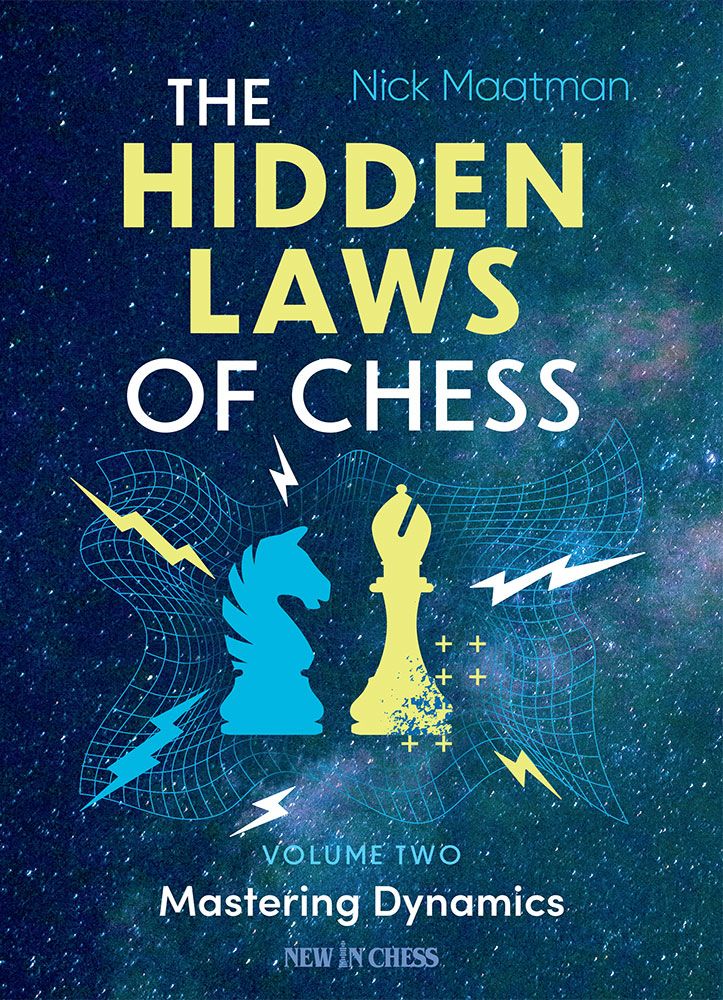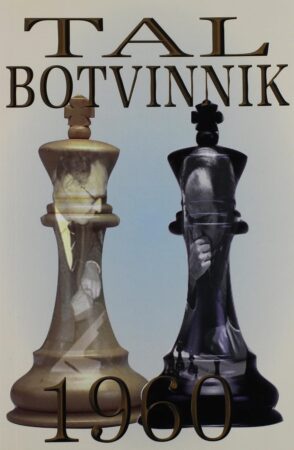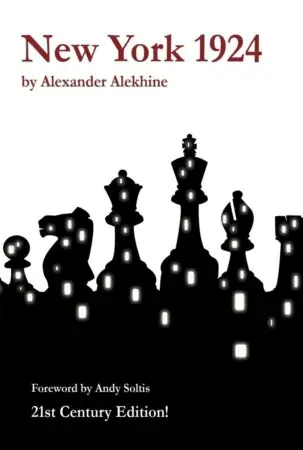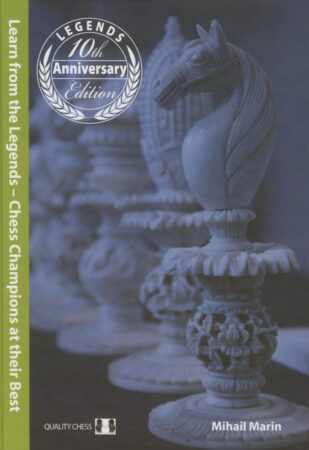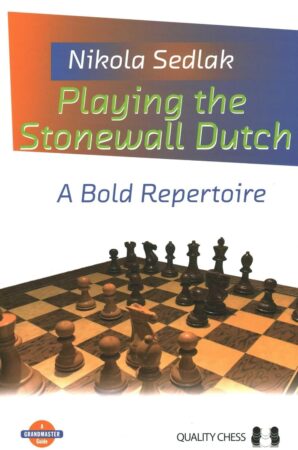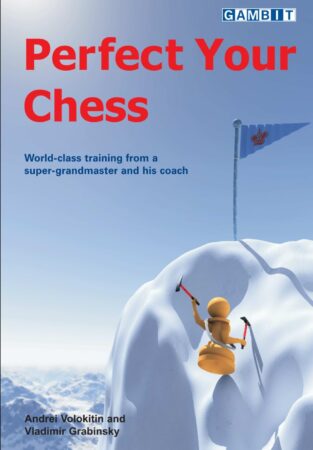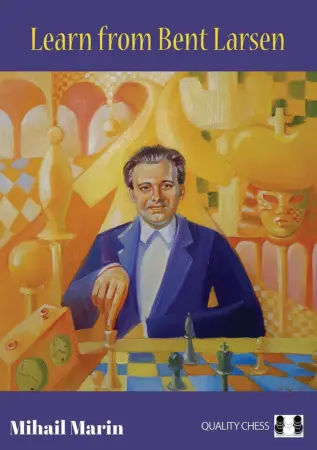In the first volume of The Hidden Laws of Chess, Maatman focused on static positional features, such as an IQP, hanging pawns, or symmetrical positions. In The Hidden Laws of Chess Volume 2, Mastering Dynamics, he explains strategic concepts of a dynamic nature, advantages and imbalances that are prone to rapid and constant change. Themes described in volume one are relatively simple to understand since playing positions that feature static themes allows for long-term planning, which is usually what weaker players find easier than having to constantly adapt to the fluidity of the position. With volume two, Maatman has tried to create a blueprint on how to think in dynamic positions whose nature changes or could change on each ply.
Objectively, teaching someone how to approach static positions is easy compared to explaining dynamics. Just like explaining the Lucena rook endgame is easy compared to explaining a complex rook endgame with an imbalanced structure with 12 pawns on the board. The reason is simple: explaining the Lucena can be done by introducing players to a set of simple rules, whereas trying to teach someone one specific complex endgame is close to impossible, since there are no set rules. One must go over hundreds of complex endgames to even begin to understand them. That’s why I think Maatman had an easier task with writing volume one of The Hidden Laws of Chess. There were rules he could focus on, making the book easy to grasp. In the second volume, he tackled a beast many a great chess author has fallen victim to over the years. Despite that, I think he did a relatively good job.
The book is divided into three parts: Thinking, Sacrifices and Dynamic Pawn Play. The first part, Thinking, is subdivided into Calculation and Judgement. By judgement, Maatman refers to evaluation of positions. His thesis, that correct thinking in dynamic positions comes down to being able to calculate correctly and deeply, and then evaluate resulting positions correctly is undoubtedly true, but it’s not new. It’s a well accepted approach to complex positions, which most strong coaches teach. That being said, just because it has been explained before, doesn’t make The Hidden Laws of Chess volume 2 any less valuable. Knowing what makes you good at dynamics means nothing unless you practice it, and this book does exactly that, it helps you get better at solving concrete tactical problems under the wider umbrella of strategic and positional features of complex positions.
Parts two and three, on sacrifices and pawn advances are more specific than the first part of the book. I found them interesting, but not widely applicable, as they explain a narrow range of positions. They are very useful for understanding the topic, and part three, which focuses on g4 and h4 advances, breakthroughs in opposite side castling positions or exploiting hooks, is great, but I feel like the book could have been expanded with more chapters on other thematic dynamic patterns.
All in all, The Hidden Laws of Chess volume 2 is a good book and a useful book. I will not be a game-changer though, and I think you can get similar information and learn just as much from many other books. For example, Aagaard’s Strategic Play and Attack and Defense feel superior to it, covering more material, with more problems for the reader to solve.

